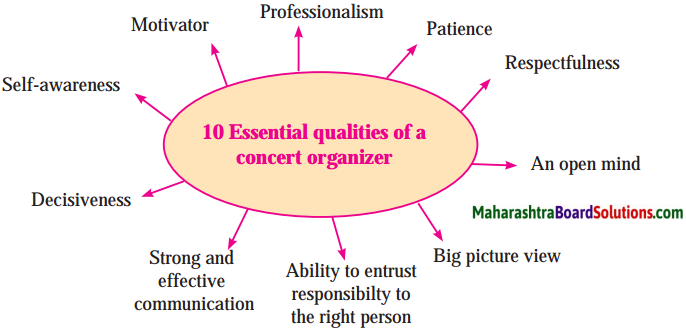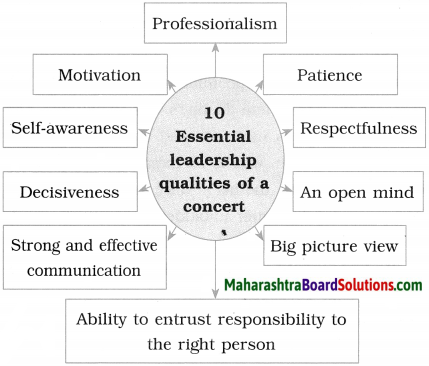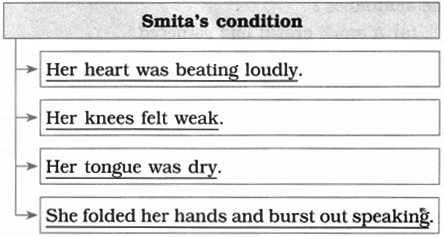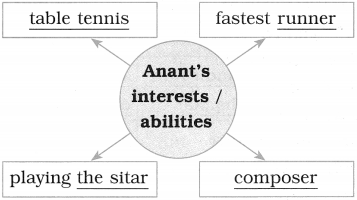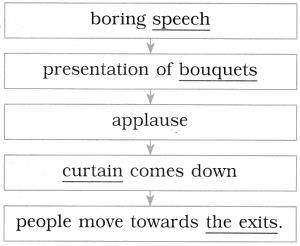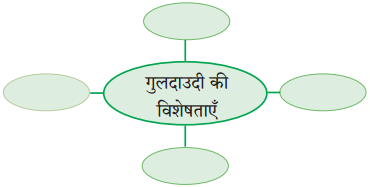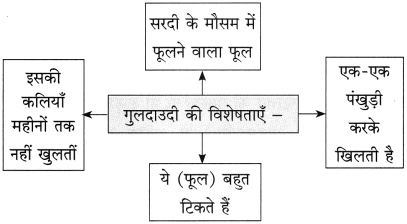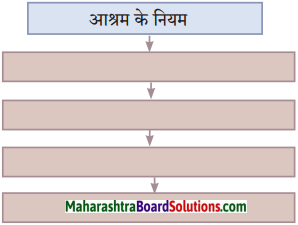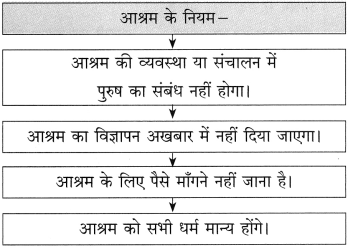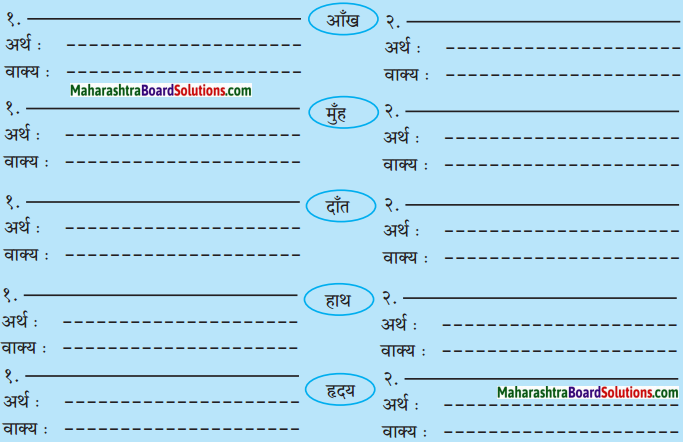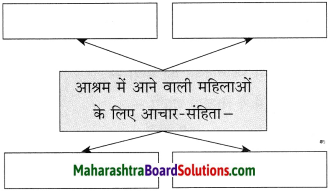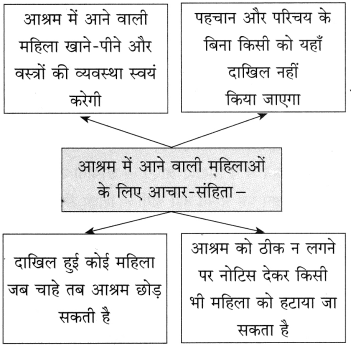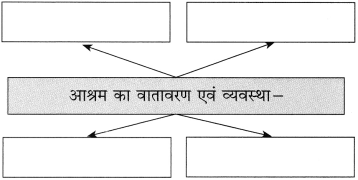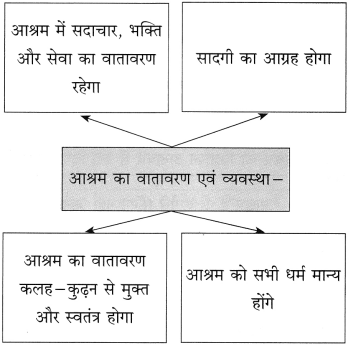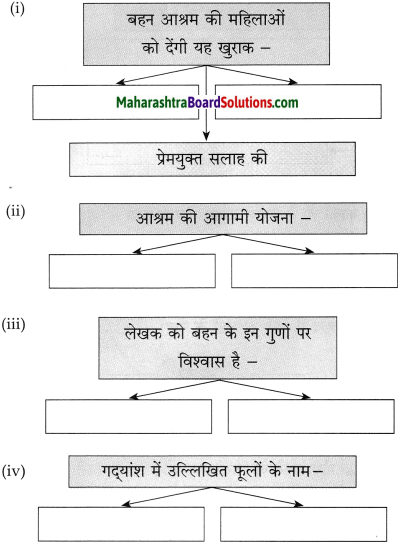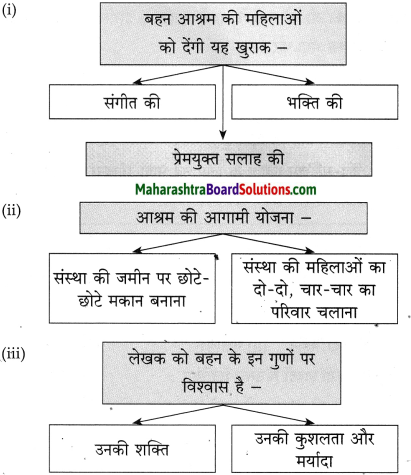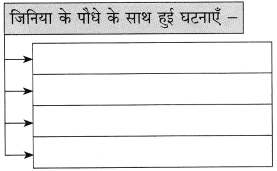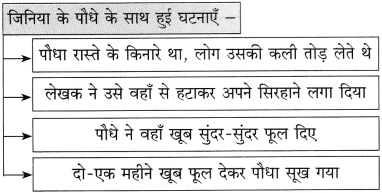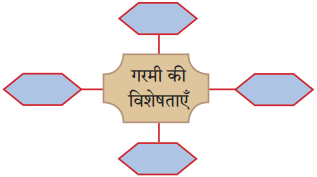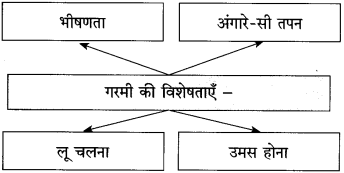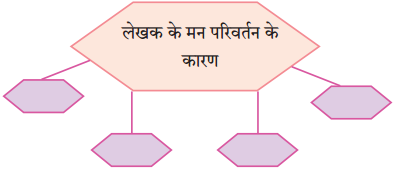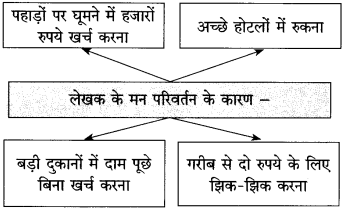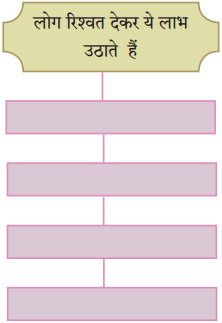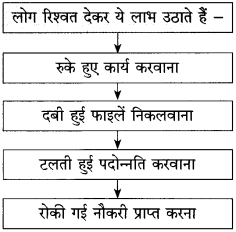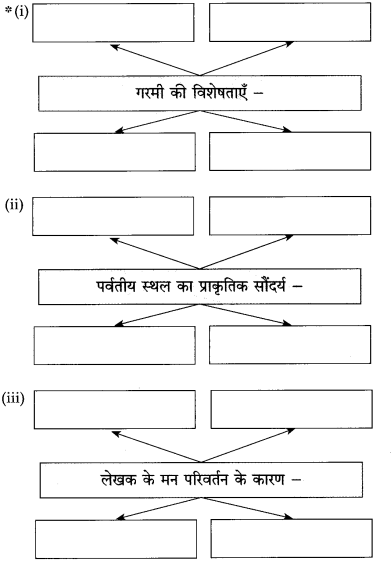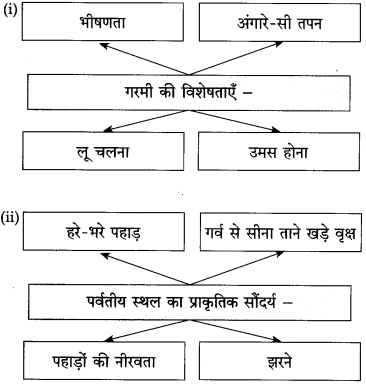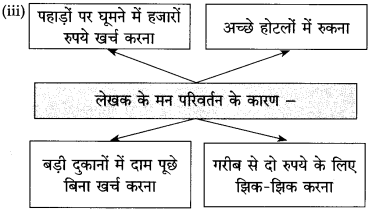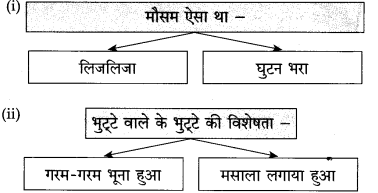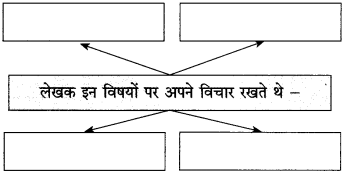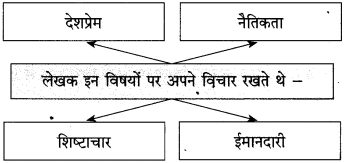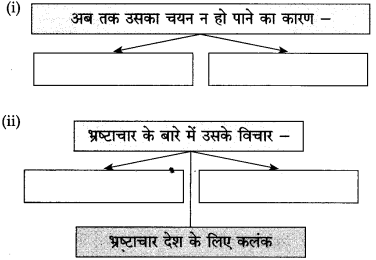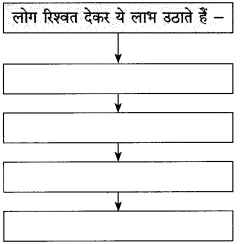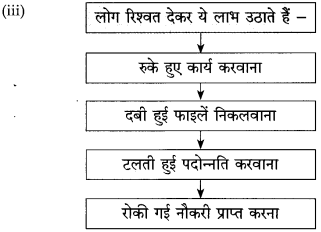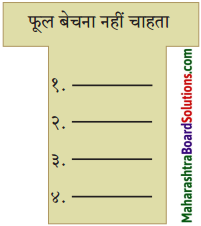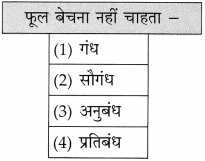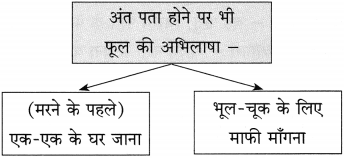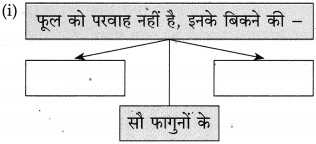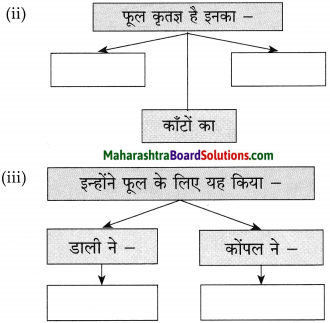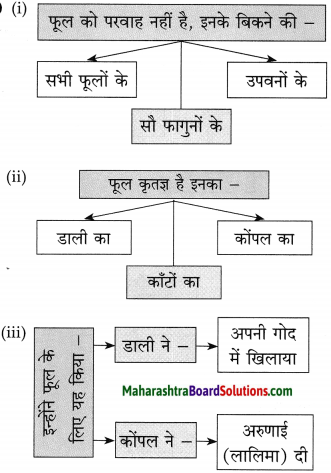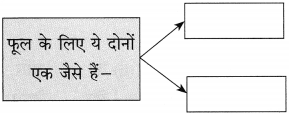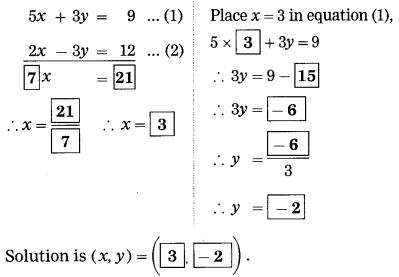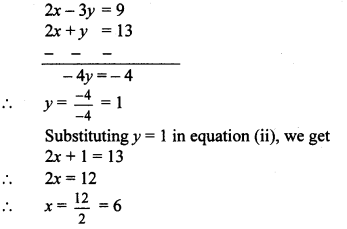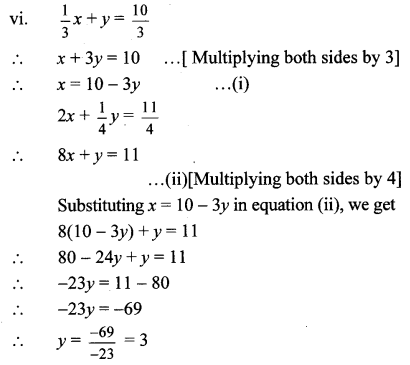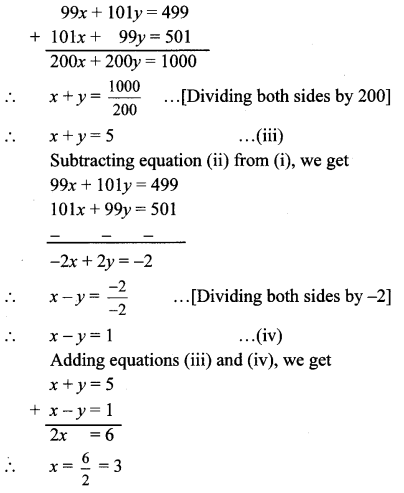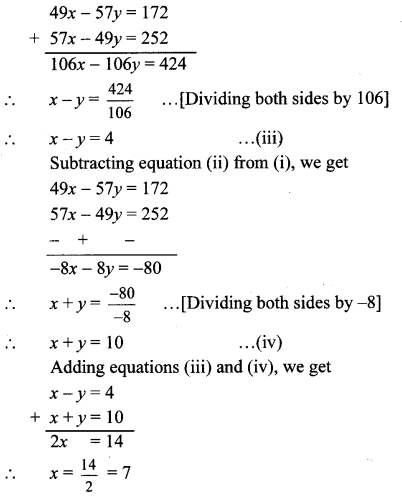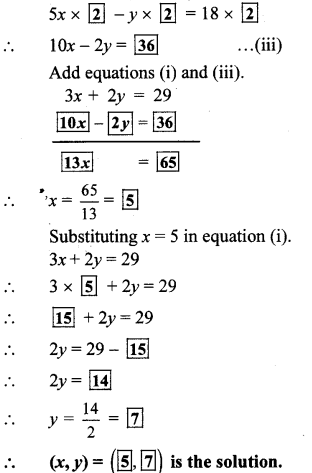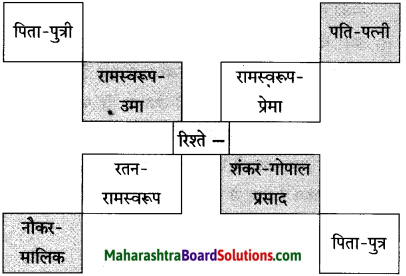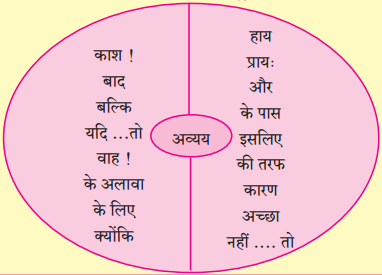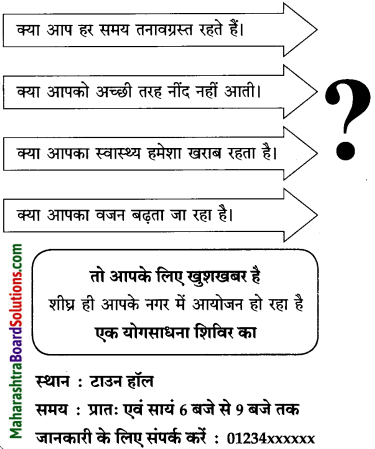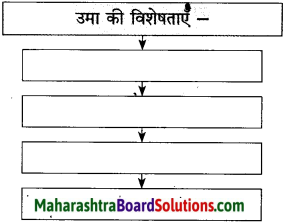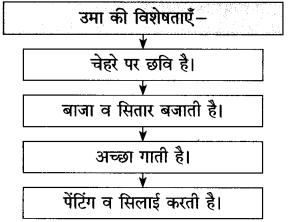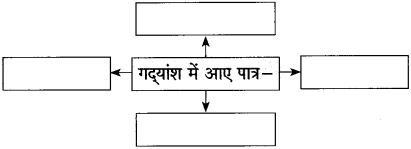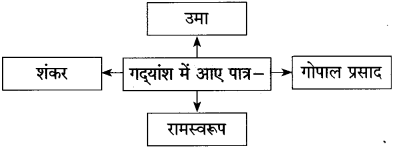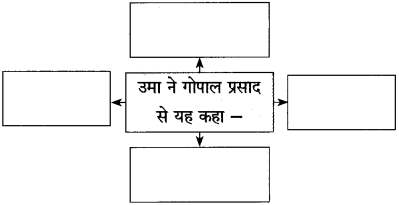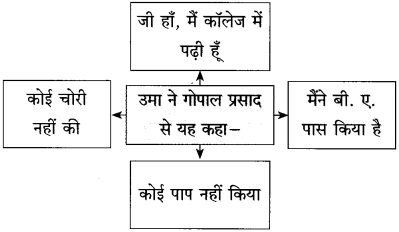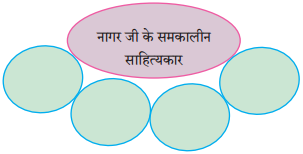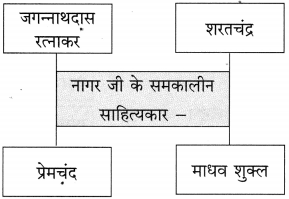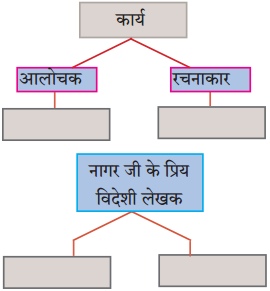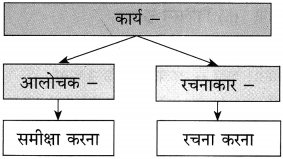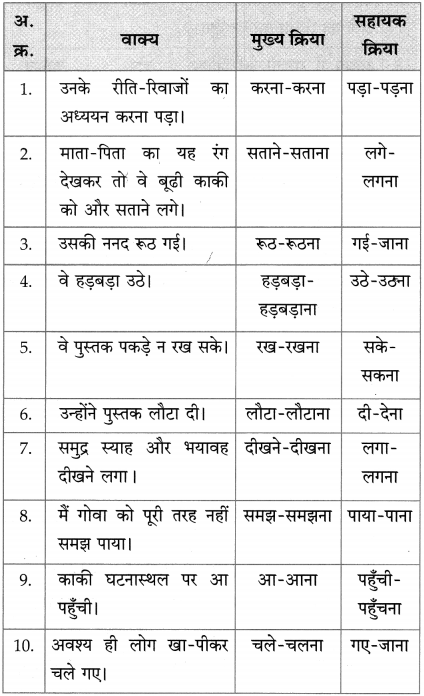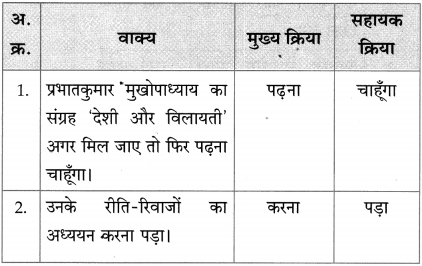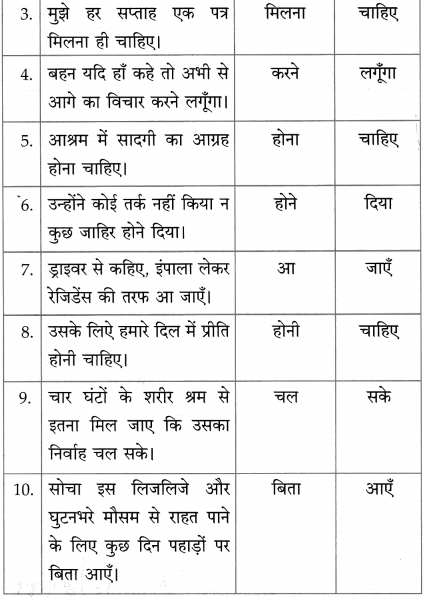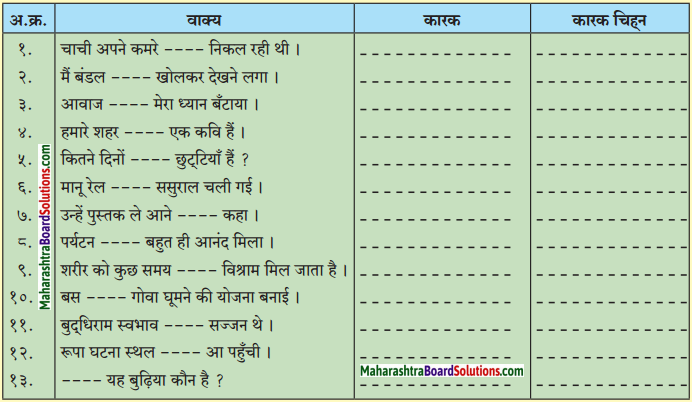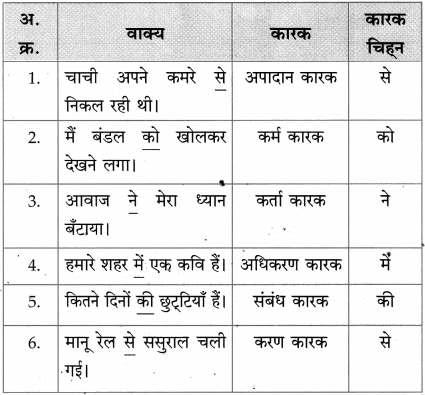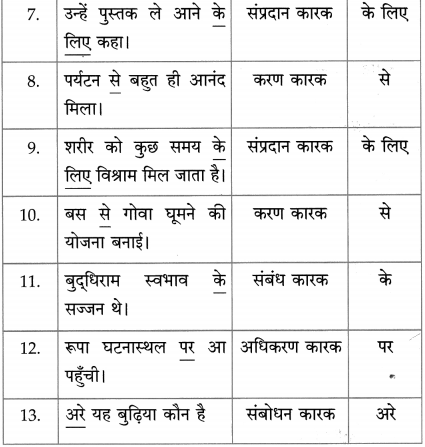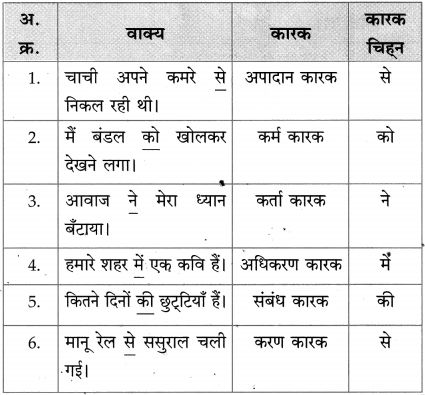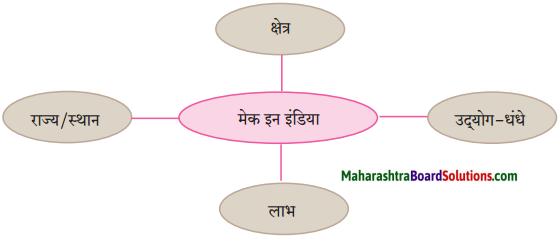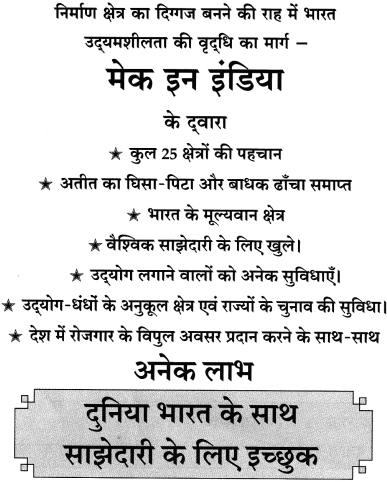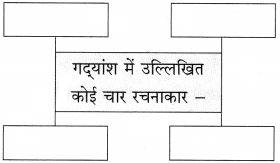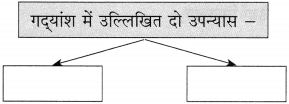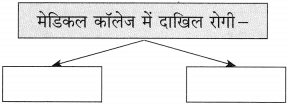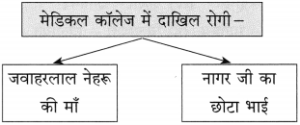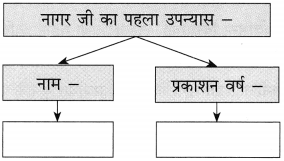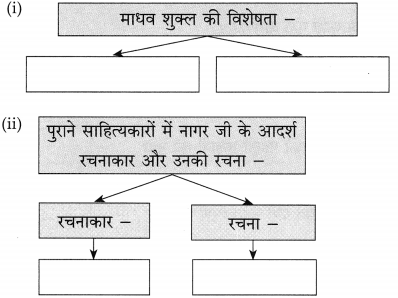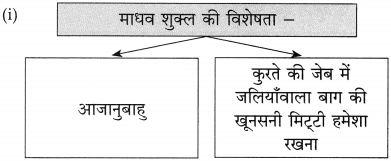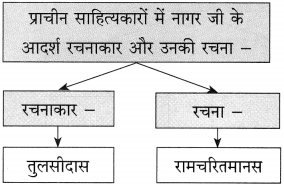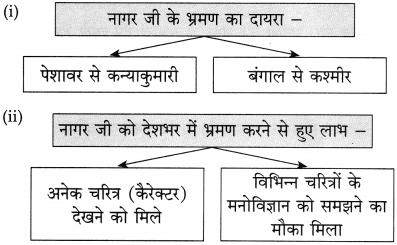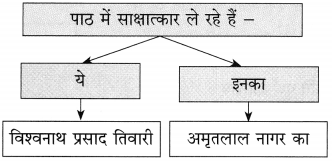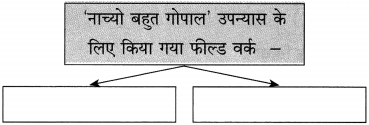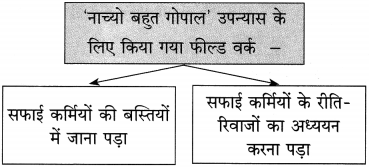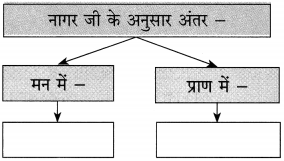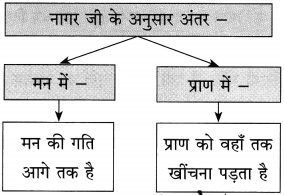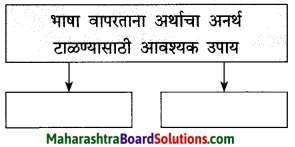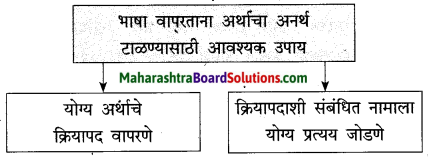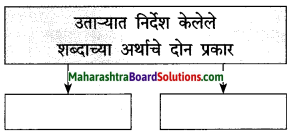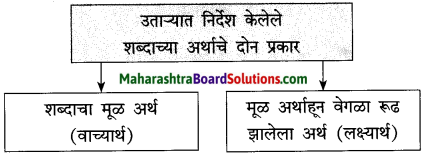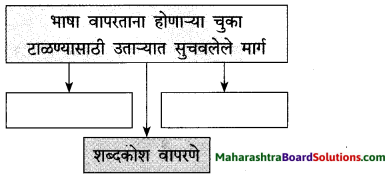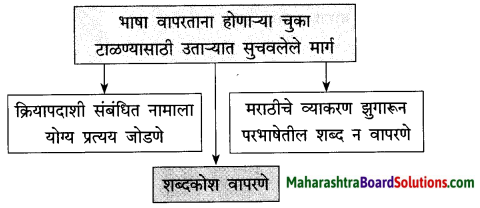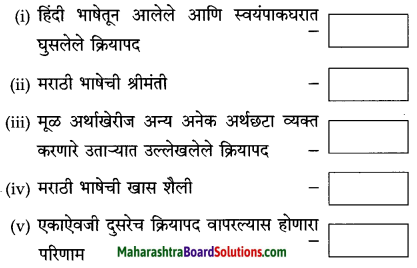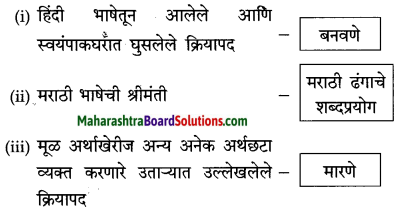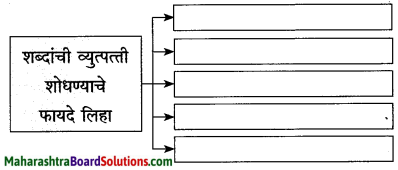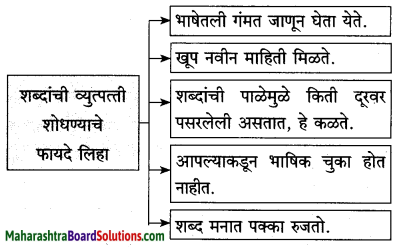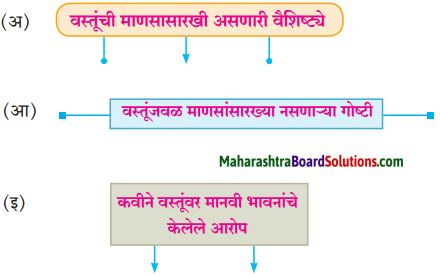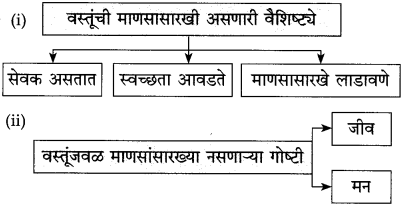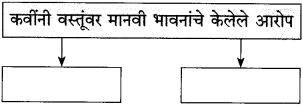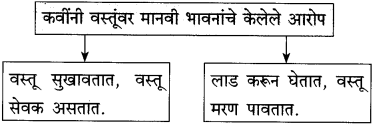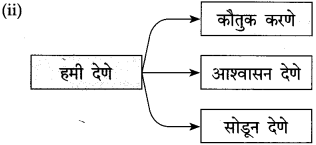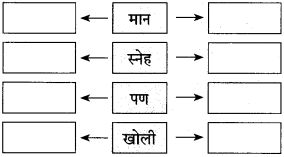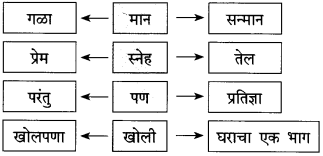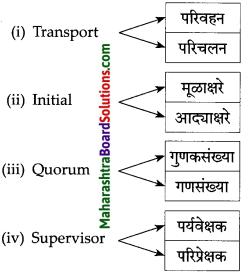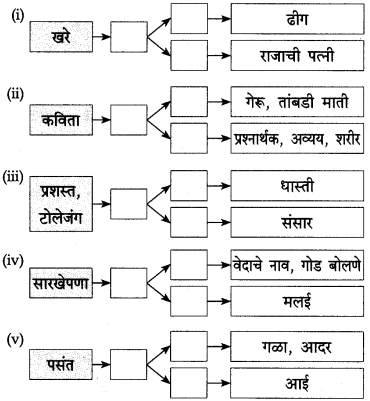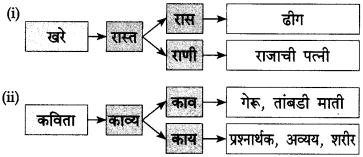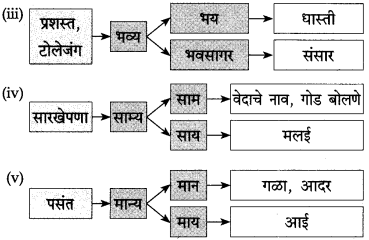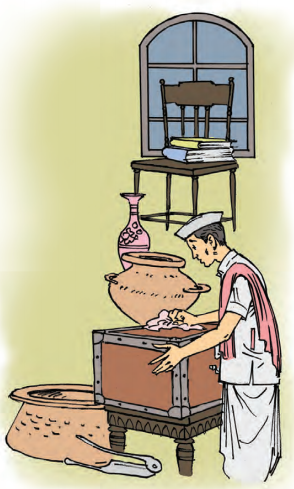Balbharti Maharashtra State Board Class 10 English Solutions Unit 4.3 World Heritage Notes, Textbook Exercise Important Questions and Answers.
Maharashtra State Board Class 10 English Kumarbharati Textbook Solutions Unit 4.3 World Heritage
Maharashtra Board Class 10 English Solutions Unit 4.3 Warming Up Questions and Answers
Question 1.
Pair up with your partner and answer the following questions.
(a) Do you like to travel?
(b) Where have you traveled?
(c) Have you heard about the wonders of the world?
(d) Have you heard about UNESCO?
(e) What does UNESCO stand for?
(f) What is meant by Heritage?
(g) Do you know of any Heritage building in your own city?
Answer:
(a) yes, no, sometimes, etc.
(b) Discuss the places, the mode of travel, the sights, etc.
(c) Yes, I have.
(d) Yes, I have, but not much.
(e) UNESCO stands for United Nations Educational, Scientific and Cultural Organization.
(f) Heritage is something that is valued and preserved because of its historical/cultural/natural importance
(g) Students can find out the heritage buildings in their own towns/cities.
![]()
Question 2.
Your teacher will explain the ‘Heritage Cycle’.
→ By understanding (cultural heritage) people value it.
→ By valuing it people want to care for it.
→ By caring for it, it will help people enjoy it.
→ From enjoying it, comes a thirst to understand.
→ By understanding it …………………
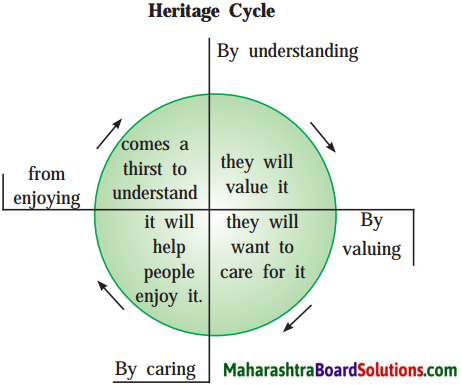
Question 3.
Do you know the difference between :
(a) World Heritage
(b) Cultural Heritage
Refer to a dictionary/encyclopedia/reference book/the internet to get the detailed meaning.
Answer:
(a) World heritage means a global heritage that belongs to everyone.
(b) Cultural heritage is the legacy of physical artifacts and intangible attributes of society that are inherited from past generations, maintained in the present and preserved for the benefit of futurft generations. Cultural heritage includes tangible culture (such as buildings, monuments, landscapes, books, works of art, and artifacts), intangible culture (such as folklore, traditions, language, and knowledge), and natural heritage (including culturally significant landscapes, etc.)
Question 4.
With the help of your partner complete the information in the table.
| Tourist spot | Favourite | Why? |
| Park | ||
| Mountain | ||
| Beach | ||
| Sea | ||
| Forest | ||
| Countryside/Rural site |
Question 5.
Heritage Sites – Rank these with your partner. Put the best at the top.
- Great Barrier Reef
- Mount Fuji
- Grand Canyon
- The Pyramids
- Panda Sanctuaries
- Machu Picchu
- Vatican City
- Great Wall of China
![]()
World Heritage Class 10 English Workshop Questions and Answers Maharashtra Board
Question 1.
Answer the following questions.
(a) What do heritage sites in the world include?
Answer:
A World Heritage Site should have significant cultural or natural importance to humanity.
(b) What kind of sites are protected and maintained by the International World Heritage Programme?
Answer:
Sites which have significant cultural or natural importance to humanity are protected and maintained by the International World Heritage Programme. They may include forests, lakes, monuments, buildings and cities. They can also be a combination of cultural and natural areas.
(c) How many world Heritage sites were there around the world?
Answer:
World Heritage Sites include forests, lakes, monuments, buildings and cities. They cari also be a combination of cultural and natural areas.
(d) What is the role of World Heritage Committees?
Answer:
World Heritage Sites are those that are significant culturally and naturally. People are interested in seeing such sites and learning the history behind them; hence they are a major tourist attraction, and they draw tourists to a country, boosting the country’s revenue.
(e) What is the texture of World Heritage Committee?
Answer:
The tenure of the World Heritage Committee is six years.
(f) What are our duties towards preservation/conservation of any historical site?
Answer:
We should see that the historical sites are not in any danger due to pollution, tourism, uncontrolled urbanization, etc. Whenever we visit the site we must maintain the cleanliness and purity of the place. We must obey whatever orders and guidelines are put in place by the authorities. We should motivate others to do so too.
(g) Why should we preserve the World Heritage Sites?
Answer:
World Heritage Sites promote tourism. They are a part of the culture of the world, a part of the past. It is essential to preserve the past in order to learn from it. Natural beauty too should be preserved so that everyone today and in future can enjoy it. Hence, we should preserve World Heritage Sites.
(h) What is the role of World Heritage Sites in developing tourism in any country?
Answer:
World Heritage Sites are those that are significant culturally and naturally. People are interested in seeing such sites and learning the history behind them; hence they are a major tourist attraction, and they draw tourists to a country, boosting the country’s revenue.
![]()
Question 2.
Complete the following.
| Year | Establishment | Role |
| 1954 | ………………………………………………… | ………………………………………………… |
| 1959 | ………………………………………………… | ………………………………………………… |
| 1965 | ………………………………………………… | ………………………………………………… |
| 1968 | ………………………………………………… | ………………………………………………… |
| 1972 | ………………………………………………… | ………………………………………………… |
Answer:
| Year | Establishment | Role |
| 1954 | Egypt starts plans to build Aswan High Dam | Started the momentum for the protection of cultural and natural heritage sites around the world. |
| 1959 | International campaign by UNESCO to protect temples and artifacts likely to be destroyed by Aswan High Dam; a draft convention initiated for the same | Protection of natural and cultural sites around the world |
| 1965 | A White House Conference in the US called for a World Heritage Trust’. | To protect not only the historic and cultural sites but also the significant natural and scenic sites around the world. |
| 1968 | The International Union for Conservation of Nature | Development of goals similar to those of the White House Conference |
| 1972 | Convention concerning the protection of World Cultural and Natural Heritage adopted by UNESCO’s General Conference. | To protect not only Are histone and cultural sites but also the significant natural and scenic sites around the world. |
Question 3.
Complete the following by giving reasons why World Heritage Sites are in danger.
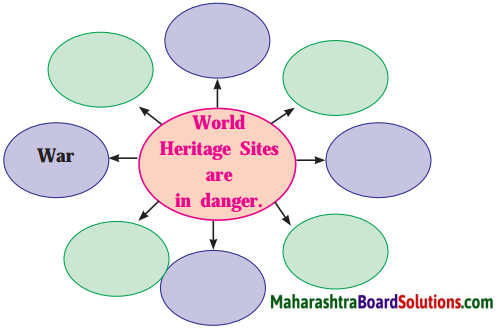
Answer:
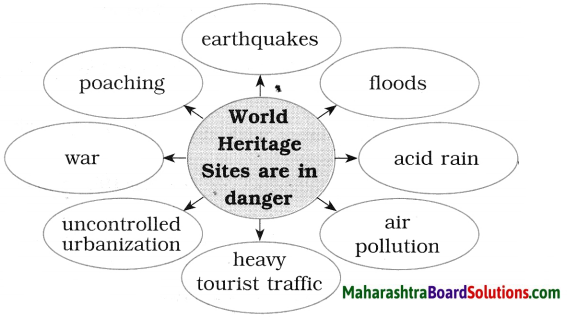
Question 4.
Choose the correct alternative and complete the given sentences.
(a) Mount Huangshan is situated in …………………………. .
(i) Japan
(ii) China
(iii) Philippines
Answer:
(ii) China
![]()
(b) The famous dam situated in Egypt on River Nile is …………………………. .
(i) Buzwaa High Dam
(ii) Rizwa High Dam
(iii) Aswan High Dam
Answer:
(iii) Aswan High Dam
(c) The conference based on Human Environment was held at …………………………. .
(i) Athens, Greece
(ii) Mascow, Russia
(iii) Stockholm, Sweden
Answer:
(iii) Stockholm, Sweden
(d) The highest number of world Heritage Sites are located in …………………………. .
(i) France
(ii) Italy
(iii) Germany
Answer:
(ii) Italy
(e) …………………………. can delete/exclude a site from World Heritage list.
(i) World Heritage Committee
(ii) World Peace Committee
(iii) World Health Committee.
Answer:
(i) World Heritage Committee
(f) The tenure of World Heritage Committee is …………………………. years.
(i) Four
(ii) Five
(iii) Six.
Answer:
(iii) Six.
Question 5.
Match the pairs to define different roles of the World Heritage Sites.
| A | B | ||
| (i) | Identify cultural and natural sites | a | green, local based, stable and decent jobs. |
| (ii) | Identify sites of | b | of outstanding universal value across countries. |
| (iii) | Identify sites that represent | c | preserve outstanding sites and natural resources. |
| (iv) | UNESCO seeks to | d | tourism. |
| (v) | World Heritage Sites should have | e | an asset for economic development and investment. |
| (vi) | World Heritage Sites should | f | protect these sites. |
| (vii) | World Heritage Sites serve as | g | best examples of world’s cultural and/or natural heritage. |
| (viii) | World Heritage Sites should ensure | h | special importance for everyone. |
| (ix) | It should at large develop | i | relevant development plan policies. |
Answer:
| ‘A’ | ‘B’ |
| (1) Identify cultural and natural sites | (a) green, local based, stable and decent. |
| (2) Identify sites of | (b) of outstanding universal values across countries. |
| (3) Identify sites that represent | (c) preserve outstanding sites and natural resources. |
| (4) UNESCO seeks to | (d) tourism. |
| (5) World Heritage Sites should have | (e) an asset for economic development and investment. |
| (6) World Heritage should | (f) protect these sites. |
| (7) World Heritage Sites serve as | (g) best examples of world’s cultural and or natural heritage. |
| (8) World Heritage Site should ensure | (h) special importance for everyone. |
| (9) It should at large develop | (i) relevant development plan policies. |
Question 6.
Look at the words and their meanings. Choose the correct alternative.
(a) determine :
(i) think over
(ii) decide
(iii) ask for
(iv) look over
Answer:
(ii) decide
(b) monument :
(i) statue
(ii) pillar
(iii) memorial
(iv) fort
Answer:
(iii) memorial
(c) significant:
(i) clever
(ii) effective
(iii) systematic
(iv) important
Answer:
(iv) important
(d) disaster:
(i) problem
(ii) incident
(iii) calamity
(iv) accident
Answer:
(iii) calamity
![]()
Question 7.
Find from the text minimum 8 words related to cultural heritage and make a word register. Arrange them in alphabetical order.
Cultural heritage: Abu Simbel Temples, artifacts, buildings, cilles, Histqric Center of Vienna, Machu Picchu, monuments, Mount Huangshan, Sydney Opera House.
Question 8.
Complete the following information from the text.

Answer:
(a) Preservation of any historical site (Duties):
(i) International World Heritage Programme
(ii) UNESCO World Heritage Committee.
(b) Preserving World Heritage Sites (Reasons) :
(i) They have significant cultural and natira Importance to humanity.
(ii) They promote tourism.
(C) Promoting tourism (Role) :
(i) They attract tourists.
(ii) They help one to understand the history of a place.
Question 9.
Write a report on any tourist place/historical place/World Heritage Site you recently visited using the points given below.
(i) Title
(ii) Place/Location
(iii) Background/History
(iv) Features/Specialities
(v) Security policies
(vi) Sign boards and discipline
(vii) Overall scenario.
Answer:
Ajanta – A Masterpiece In Rock
– Rani Iyer
Mumbai, 12 February: The Ajanta Caves, situated in the Deccan in Maharashtra and about 110 km from Aurangabad, are a UNESCO World Heritage Site. A visit to the place reveals a large slice of history.
These rock – cut cave temples and monasteries of Buddhists date back to around 2nd century BCE. Since they were in the jungles, cut into a mountainside, the external world did not know about them for a long time. They were discovered only in the 19th century, The caves include paintings and rock – cut sculptures described as among the finest surviving examples of ancient Indian art. The paintings are expressive and present emotion through gesture, pose and form, According to UNESCO, these are masterpieces of Buddhist religious art that influenced the Indian art I that followed.
Two new visitor centers provide extensive information about the heritage site using audiovisual media. Local staff is employed for security purposes. Though photography is allowed at certain places, with fees for the use of a camera, use of tripods and flash is prohibited. Signboards and brochures/leaflets provide information about the care to be taken to preserve this UNESCO protected heritage site. “The caves are now being looked after by a private company under the Indian government’s ‘Adopt a Heritage Site’ program,” said a senior official.
![]()
Question 10.
(A) Use ‘not only but also’ in the following sentences.
(a) UNESCO and the International Council on monuments initiated a draft convention to create an international organisation responsible for protecting cultural heritage.
(b) The state parties are responsible for identifying and nominating new sites.
(c) Opera House in Australia and the Historic Center of Vienna in Austria are cultural sites of World Heritage.
(d) World Heritage Sites can also be a combination of both cultural and natural areas.
Answer:
(a) Not only UNESCO but also the International Council on Monuments and Sites initiated a draft convention to create an international organization responsible for protecting cultural heritage.
(b) The State Parties are responsible for not only identifying but also nominating new sites.
(c) Not only the Opera House in Australia but also the Historic Center of Vienna in Austria are cultural sites of World Heritage.
(d) World Heritage Sites can be a combination of not only cultural but also natural areas.
(B) Rewrite the following sentences replacing ‘as soon as’ by ‘No sooner than’
(Note : The phrase, ‘No sooner’ must always be followed by an auxiliary (helping verb).)
For example : As soon as he came, they all gave an applause.
No sooner did he come, than they all gave an applause.
(a) As soon as the Bill is passed, it will become an Act.
(b) As soon as the thief escaped, the family informed the police.
(c) As soon as you have finished, you can submit your answer- papers.
(d) As soon as they can manage, they should change their house.
(e) As soon as the bell rings, the School Assembly will start.
Answer:
(a) No sooner is the Bill passed, than it will become an Act.
(b) No sooner did the thief escape, than the family informed the police.
(c) No sooner do you finish, than you can submit your answer papers.
(d) No sooner can they manage, than they should change their house.
(e) No sooner does the bell ring, than the School Assembly will start.
Question 11.
Identify whether the following sentences are Simple (One Subject + One Predicate or Complex (One Main Clause + One or more Dependent Clauses) or Compound (Combination of 2 or more Independent/ Co-ordinate Clauses).
(1) They vary in type but they include forests, monuments etc.
(2) The mountain is significant because of its characteristics.
(3) To protect the temples and artefacts, UNESCO launched an international campaign.
(4) If the site meets with this criteria, it can be inscribed on the World Heritage List.
(5) There are 890 World Heritage Sites that are located in 148 countries.
(6) The project cost about US $ 80 million and $ 40 million came from 50 different countries.
Answer:
(1) Compound
(2) Simple
(3) Simple
(4) Complex
(5) Complex
(6) Compound
![]()
Question 12.
Following are the ways to preserve ‘World Heritage Sites.’ Transfer these points into a small paragraph. Suggest a title.
- Practical conservation of posterity
- Human/animal trespassing to be prohibited
- Monitored/controlled/restricted access
- Threat of local administrative negligence to be removed
Answer:
Ways to Preserve World Heritage Sites
World Heritage Sites need to be preserved for posterity. The future generations must know about their history and culture. For this purpose, steps have to be taken to preserve these sites. First and foremost, trespassing by either humans or animals should be strictly prohibited. Access to these sites for tourists, vendors, officials and the general public should be restricted or monitored carefully. Another important step is to keep a check on the local administration of the site, so that negligence in the performance of the duties at this level is ruled out.
Question 13.
Read the points given in column ‘A’ specifying Dos towards prevention of any historical site. Write Don’ts in column ‘B’ specifying things that should not be done.
| Dos | Don’ts | |
| (i) | Obey rules and regulations. | |
| (ii) | Maintain discipline and order. | |
| (iii) | Maintain cleanliness. | |
| (iv) | Use dustbins and garbage bags. | |
| (v) | Observe silence. | |
| (vi) | Maintain environmental safety. | |
| (vii) | Protect our country’s heritage. |
Answer:
| Dos | Don’ts |
| 1. Obey rules and regulations. | 1. Don’t dirty the surroundings. |
| 2. Maintain discipline and order. | 2. Don’t write on the walls/trees. |
| 3. Maintain cleanliness. | 3. Don’t pluck flowers/ destroy plants. |
| 4. Use dustbins and garbage bags. | 4. Don’t smoke/ drink alcohol. |
| 5. Observe silence. | 5. Don’t play loud music or make a loud noise. |
| 6. Maintain environmental safety. | 6. Don’t defecate in the open. |
| 7. Protect our country’s heritage. | 7. Don’t trespass. |
![]()
Question 14.
Complete the following flow chart by choosing the option given below to show how any site of any country can become a World Heritage Site.

Options :
1. Inclusion of the name of site from tentative list to the nomination file.
2. Name of the site is inscribed on the World Heritage List after meeting the criteria.
3. Inclusion of the name of site for the nomination in a tentative list after an inventory in country or State.
4. Decision of the World Heritage Committee after review of the nominated file.
5. A review of the included file by the advisory bodies.
Answer:
Step 1 : Inclusion of the name of the site for nomination in a tentative list after inventory in country or state.
Step 2 : Inclusion of the name of site from tentative list to the nomination file.
Step 3 : A review of the included file by the advisory bodies.
Step 4 : Decision of the World Heritage Committee after review of the nominated file.
Step 5 : Name of the site inscribed on the World Heritage List after meeting the criteria.
Question 15.
Projects :
(a) Make a list of sites from our State which are included in the World Heritage Sites. Try to visit one of them. Write the importance of this World Heritage Site. Also write your impression of it in your notebook.
(b) Write a ‘tourism leaflet’ on any one of the following :
(i) Your home town
(ii) A historical place
(iii) A place of natural beauty
(iv) A place of pilgrimage
![]()
→ Make use of the following points :
(i) How to reach there?
(ii) Accommodation facilities
(iii) What to see and visit?/Attractions of the place
(iv) Places of interest nearby
(v) Best time to visit
(vi) Shopping Attractions
Add your own points.
Answer:
MATHERAN: ‘UNSPOILT NATURE’
(1) How to get there:
(a) By train: From Mumbai or Pune to Neral Junction.. From Neral to Matheran by narrow – gauge train that depart at fixed times.
(b) By road: Shared taxis or minibuses from Neral to MTDC Holiday Camp. Cars and other vehicles not allowed beyond a certain point.
(2) Accommodation facilities: Plenty of hotels offering full or half board. MTDC Tourist Camp provides dorm – beds at affordable rates. The ‘camp’ is near the Dasturi car park. You can eat at one of the many thali joints along MG Road.
(3) Best Time of the year to visit: All the year round except the rainy season.
(4) What to see: Viewpoints such as Porcupine, Louisa and Echo have the finest views. On a clear day, one can see Mumbai lying afar from ‘Hart Point’; perpendicular cliffs plunge into steep ravines; monkeys and squirrels.
(5) Shopping Attractions: Locally made chappals, home – made chocolates and chikkis, caps and other items for campers; walking sticks.
(6) Special features: Greenery, nature at its best, trekking, horse riding; good for a day’s group picnic.
(c) Vocabulary Extension – Choose several words from the text. Use a dictionary or internet to build up more associations/collocations of each word.
Answer:
(1) Associations:
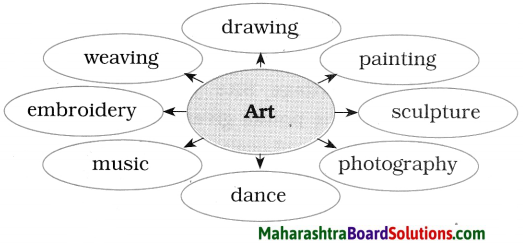
(2) Collocations:
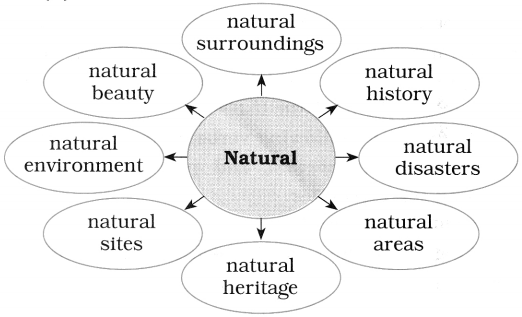
![]()
(d) World Heritage Sites – Make a poster about World Heritage Sites, specifying some details and specialties about each of them.
(e) Letter – Write a letter to an expert on the environment. Ask him/her five questions about your concern/doubts about World Heritage sites. Give him/her three ideas on how to protect them.
Answer:
Amit Awte
102, Riddhi Vihar
R.N. Road
Aurangabad – 431 001,
12th November, 2020
To
Mr. Avinash Ranade
‘Nisarg’
Shastri Marg
Aurangabad – 431 002.
Sub: Protection of World Heritage Sites
Sir
It was with great interest that I read in our local newspaper about your interest in the protection of World Heritage Sites. I would like to ask you a few questions which have haunted me for some time.
They are:
(1) Does India have enough experts to restore the damage done to our sites by nature/visitors etc.?
(2) Is there enough security to protect the sites from vandalism?
(3) Can there be a restriction on the number of visitors to the sites?
(4) Are the funds allocated to the preservation of the sites by the World Heritage Committee sufficient?
(5) Is there enough information about the sites on tourist websites/ Internet?
I would like to give some suggestions. Can we not impose a limit on the number of tourists visiting these places? We can also have sessions on how to maintain cleanliness and prevent vandalism. Stiff fines must be imposed on all those who break the rules.
I hope to receive a reply from you, as I am also very concerned about the preservation of our heritage sites.
Yours faithfully,
Amit Awte
![]()
(f) Article – Write an article for a magazine about the World Heritage sites at risk. Include imaginary interviews with people who are trying to save them. Read your article in front of your class.
Question 16.
The project of dismantling and moving the temples in the valley to higher ground cost $80 million.
(i) $40 million
(ii) $50 million
(iii) $80 million.
Answer:
(iii) $80 million.
Question 17.
Complete the following: (The answers are given directly and underlined.)
(1) A World Heritage Site should have significant …………………
(2) World Heritage Sites include ……………………..
(3) They can also be a ……………………..
(4) The convention concerning the protection of Cultural Natural Herttage was adopted by ……………………
Answer:
(1) cultural or natural importance to humanity.
(2) combination of cultural and natural areas.
(3) forests, lakes, monuments, buildings and cities.
(4) UNESCO’s General Conference on November 16, 1972.
Question 18.
(a) UNESCO launched an international campaign in 1959.
Answer:
In 1954, Egypt started plans to build the Aswan High Dam. The initial plans for the dam’s construction would have flooded the valley containing the Abu Simbel Temples and scores of ancient Egyptian artifacts. To protect the temples and artifacts, UNESCO launched an international campaign in 1959, that called for the dismantling and movement of the temples to higher ground.
(b) A White House Conference in the United States called for a ‘World Heritage Trust’.
Answer:
A White House Conference in the United States called for a World Heritage Trust’ to protect the world’s historic and cultural sites as well as the significant natural and scenic sites.
(c) convention:
(i) typical
(ii) agreement
(iii) old – fashioned
(iv) persuade
Answer:
(d) agreement
![]()
Question 19.
Pick out 4 adjectives from the passage ending with the suffix ‘ – al’.
Answer:
1. educational,
2. cultural,
3. natural,
4. historical.
Question 20.
The World Heritage Committee meets once a year.
(i) once a year
(ii) twice a year
(iii) three times a year
Answer:
(i) once a year
Question 21.
A nominated site has to be first included in a Tentative List.
(i) World Heritage List
(ii) Nomination File
(iii) Tentative List
Answer:
(iii) Tentative List
Question 22.
Explain what the World Heritage Committee is responsible for.
Answer:
The World Heritage Committee is the main group responsible for establishing which sites will be listed as UNESCO World Heritage Sites.
Question 23.
Who makes recommendations to the World Heritage Committee?
Answer:
The recommendations to the World Heritage Committee are made by two Advisory Bodies, the International Council on Monuments and Sites and the World Conservation Union.
Question 24.
(1) Choose the correct noun forms from those given in the brackets:
(1) inscribed (inscription/inscribtion)
(2) responsible (responsive/responsibility)
(3) nominated (nominative/nomination)
(4) included (inclusion/inclution)
Answer:
(1) inscription
(2) responsibility
(3) nomination
(4) inclusion.
![]()
Question 25.
Complete the following by choosing the correct nouns from the box:
Bodies Parties List File
(1) Tentative ……………….
(2) Nomination ……………….
(3) Advisory ……………….
(4) State ……………….
Answer:
(1) Tentative List
(2) Nomination File
(3) Advisory Bodies
(4) State Parties.
Question 26.
World Heritage Committee can delete/exclude a site from the World Heritage List
(a) World Heritage Committee
(b) World Peace Committee
(c) World Health Committee
Answer:
(a) World Heritage Committee
Question 27.
There are 890 World Heritage Sites around the World.
(a) 689
(b) 890
(c) 36
Answer:
(b) 890
Question 28.
36 – sites have been included from India.
(a) 176
(b) 44
(c) 36
Answer:
(c) 36
Question 29.
Match the places with the countries:
| ‘A’ | ‘B’ |
| (1) Sydney Opera House | (a) Vienna |
| (2) Historic Center | (b) Peru |
| (3) Grand Canyon National Park | (c) Australia |
| (4) Machu Pichhu | (d) United States |
Answer:
| ‘A’ | ‘B’ |
| (1) Sydney Opera House | (c) Australia |
| (2) Historic Center | (a) Vienna |
| (3) Grand Canyon National Park | (d) United States |
| (4) Machu Pichhu | (b) Peru |
![]()
Question 30.
Complete the following:
(1) Peru’s Machu Picchu is an example of a ………………….
(2) The World Heritage Committee can choose to delete a site from the list if ……………….
Answer:
(1) mixed site, both cultural as well as natural.
(2) the site loses the characteristics which allowed for it to originally be included on the World Heritage List.
Question 31.
Explain the role of the World Heritage Committee.
Answer:
The World Heritage Committee allocates resources from the World Heritage Fund to a World Heritage Site which is in danger due to any reason or in need of protection or restoration. If a site loses the characteristics which allowed for it to originally be included on the World Heritage List, the World Heritage Committee can choose to delete the site from the list.
Question 32.
Choose the correct meanings:
(a) allocate:
(i) allow
(ii) distribute
(iii) catch
(iv) understand
Answer:
(b) distribute
Question 33.
Fill in the blanks with the correct words from the passage: (The answers are given directly and underlined.)
(a) Many small towns of the previous century have become crowded cities now due to rapid ………………..
(b) We should be well – prepared for …………….. problems like global warming.
Answer:
(a) urbanization.
(b) environmental
Question 34.
(1) Pick out a gerund from the lesson and use – it in your own sentence.
(2) Find out five hidden words from the given word: international
(3) Use the following phrase in your own sentence: a corhbination of
(4) Spot the error/errors and rewrite the correct sentence: The State Parties is then responsible for identifying and nominating new sites.
(5) Identify the type of sentence: Get out of my way.
(6) Punctuate: if however a site loses the characteristics which allowed for it to be originally included on the world heritage list the world heritage committee can choose to delete the site from the list.
(7) From the following verbs, pick out the verb which forms its present and past participle by doubling the last letter. run, lose, trip, quit
(8) Arrange the following words in alphabetical order: Sydney, Vienna, Austria, Peru, Australia, Egypt, China
Answer:
(1) protecting: We should think of various ways of protecting our environment.
(2) internatIonal : natIonal, nation, train, trail, trial.
(3) The rainbow is a combination of seven colours.
(4) The State Parties are then responsible for identifying and nominating new sites.
(5) Imperative sentence.
(6) If however, a site loses the characteristics which allowed for it to be originally included on the World Heritage List, the World Heritage Committee can choose to delete the site from the list.
(7) trip : tripped, trIpping.
(8) Australia, Austria, China, Egypt, Peru, Sydney, Vienna
![]()
Question 35.
(1) Use the following word and its homophone in two separate sentences : rain
(2) UNESCO launched an International campaign In 1959. (Rewrite beginning ‘An lnternattonal…..)
(3) DIfferent plans are put Into place. (Rewrite using the future perfect tense of the verb.)
Answer:
(1) (i) There was light rain yesterday evening near my house.
(ii) In the past, a cõuntry progressed dutlng the reign of good kings.
(2) An international campaign was launched by UNESCO in 1959.
(3) Different plans will have been put into place.
Question 36.
(1) Italy has the highest number of World Heritage Sites. (Rewrite using the comparative form.)
(2) The World Heritage Committee meets once a year to review these recommendations. (Rewrite as a compound sentence.)
Answer:
(1) Italy has a higher number of World Heritage Sites than any other country.
(2) The World Heritage Committee meets once a year and (it) reviews these recommendations.
